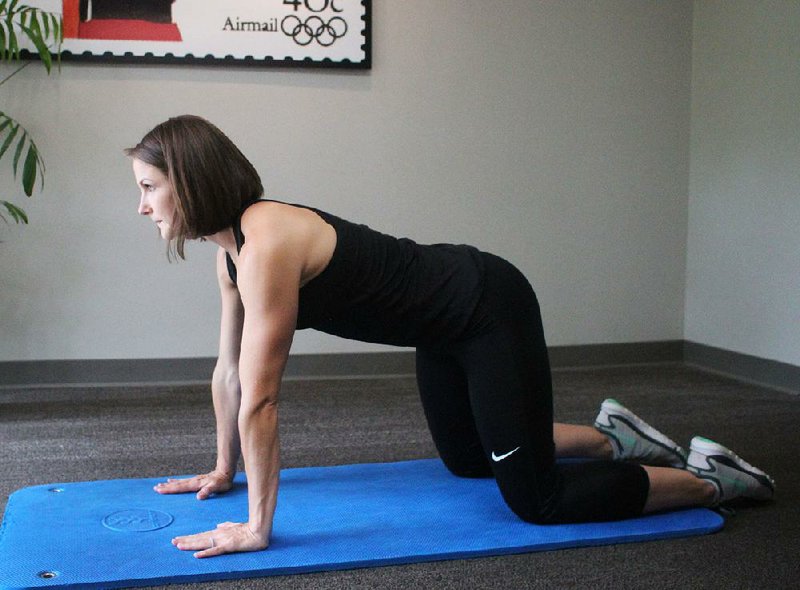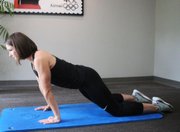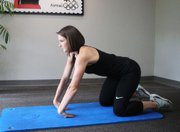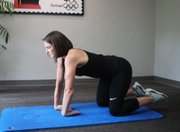Forearm and wrist flexibility is not necessarily a high-priority component of fitness for most exercise enthusiasts. However, many chronic elbow and wrist injuries begin with poor flexibility, inefficient movement patterns and repetitive motions. This week, I'll present a few tips for minimizing your risk for elbow or wrist injury and will introduce an exercise that fits perfectly within a preventive routine.
Overuse injuries in the wrist and elbow are common, as people are predisposed to developing these conditions based on a variety of factors. Injuries such as medial epicondylitis (golfer's elbow), lateral epicondylitis (tennis elbow), and tendonitis tend to arise from the same set of circumstances.
The first reason that these injuries are so common is simple -- many of us have weak, tight muscles. Muscles that are not in good condition are sort of like a car engine without maintenance. They don't perform to their capabilities. To compound the problem, we often ask our muscles to perform repetitive, stressful movements that exceed their ability to perform without breaking down. To use the car engine analogy, it's like driving hundreds of miles every day without changing the oil for months on end.
Inefficient movement patterns also contribute to overuse injuries. Poor desk ergonomics, inefficient golf swings and improper strength training techniques can all lead to the development of wrist or elbow overuse injuries. From a practitioner's perspective, these root causes are much more difficult to identify. Often, we simply ask the patient/client to "rest" without knowing exactly what has caused the injury. Sometimes, it's something as simple as yard work.
To put oneself in the best position to avoid an overuse injury in the wrist or elbow, it's important to maintain strong, flexible muscles and to perform movement patterns that are efficient. That's easy for me to say, but it's absolutely true. This is the one thing that anyone can do to help reduce their risk profile, even if they aren't totally sure whether a given movement pattern is problematic. Rather than asking clients to analyze their movement, it's much more realistic to help them integrate stretching and strengthening exercises into their daily routine.
This week's exercise is a fantastic stretching activity that allows body weight to provide the resistance for a nice forearm/wrist stretch that addresses wrist flexors and extensors.
1. Position yourself on your hands and knees on an exercise mat. Your palms should be flat on the floor with the fingertips facing forward.
2. From here, slowly lean forward with your shoulders while leaving your hands in the same position.
3. Continue leaning until you feel a stretch in your wrists and forearms. Once you feel the stretch, hold for 10 seconds and then return to the starting position.
4. Now, flip your wrists so that the backs of your hands touch the floor with the fingertips facing you.
5. Again, lean forward until you feel a stretch in the wrists and forearms.
6. Hold for 10 seconds and then return to the starting position.
7. Repeat each side for two to three sets.
The Wrist Stretch is an easy way to work in some flexibility between sets of abdominal exercises. I like to do these between planks (also because I'm able to get some extra rest) because it keeps me engaged and focused on maximizing workout outcomes.
Matt Parrott has a doctorate in education (sport studies) and a master's in kinesiology and is certified by the American College of Sports Medicine.
vballtop@aol.com
ActiveStyle on 07/31/2017



